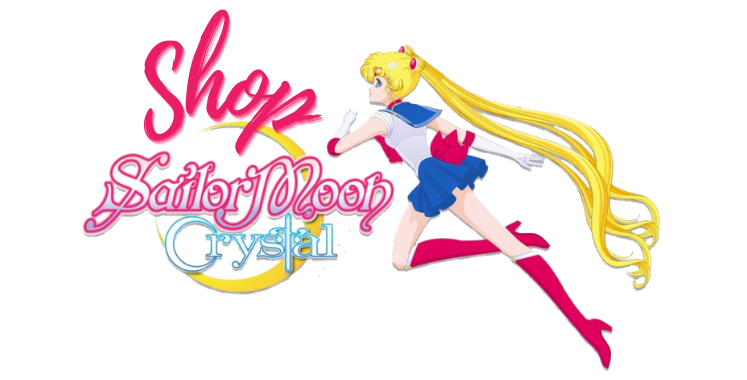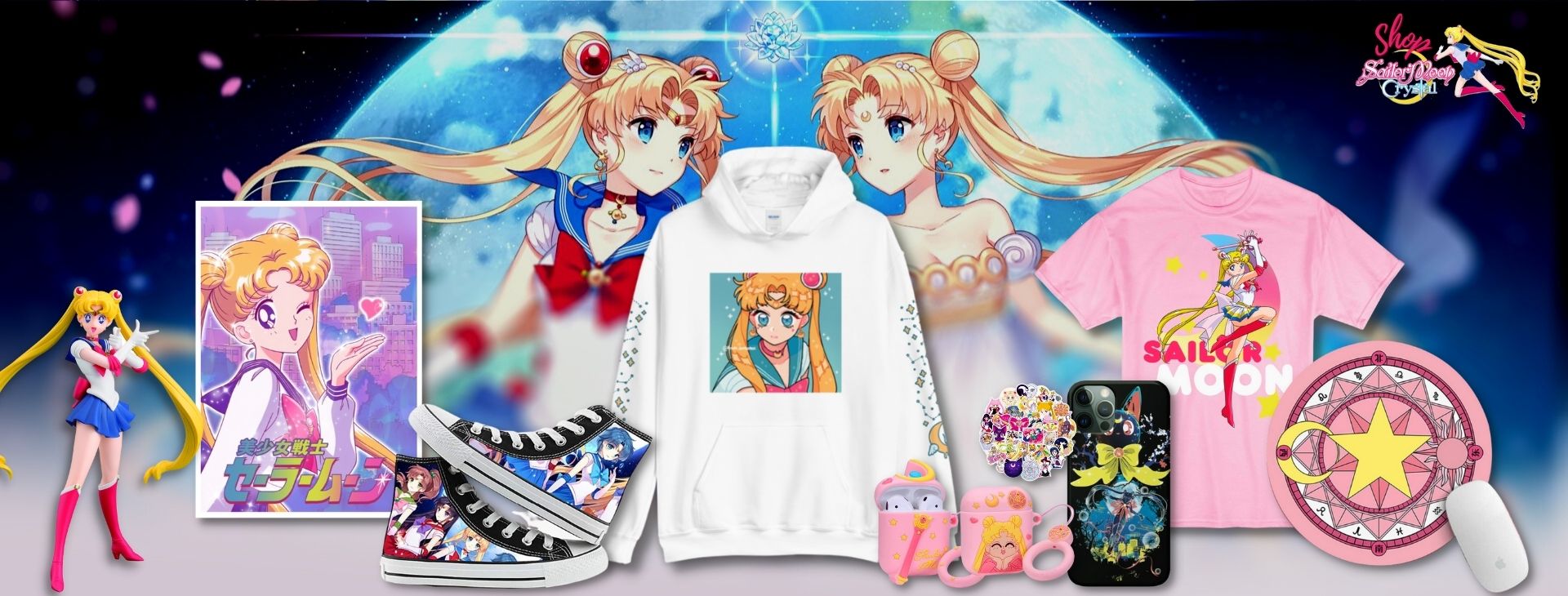Uncategorized
Understanding the Satire of Otaku Culture in Welcome to the NHK
Understanding the satire of otaku culture in the anime “Welcome to the NHK” offers a fascinating lens through which to view contemporary Japanese society. This series delves into the lives of individuals who retreat into the world of “hikikomori” or social withdrawal, reflecting a significant aspect of modern-day Japan. Through its humor and poignant observations, “Welcome to the NHK” critiques otaku culture while highlighting the struggles of its characters, making it a compelling narrative that combines entertainment with social commentary.
The Reality of Hikikomori
At the heart of “Welcome to the NHK” is the portrayal of hikikomori, individuals who often isolate themselves for extended periods, cutting off connections to society. The protagonist, Satou, embodies this phenomenon, allowing viewers to gain insight into the psychological struggles and societal pressures that drive people into such retreats. The series presents a satirical view of otaku culture, representing how the obsession with anime, manga, and video games can lead to social withdrawal rather than community. It doesn’t just depict the characters as mere caricatures; instead, it opens up a dialogue about the underlying issues contributing to their behavior, including mental health struggles and societal expectations.
The Satirical Elements
Through its humor and satire, “Welcome to the NHK” dives deep into the absurdities of otaku culture. The series employs various comedic scenarios, poking fun at the extreme behaviors of its characters while also presenting the harsh reality of their lives. For instance, Satou’s interactions with his neighbor, Misaki, reveal both the comedic and tragic aspects of their situations. Misaki’s attempts to “cure” Satou of his hikikomori lifestyle serve as a humorous yet poignant critique of the misguided perceptions often associated with otaku culture. It emphasizes the dangers of stereotyping, indicating that while the characters may indulge in their interests, it does not define their entire existence.
The Influence of Otaku Culture
Moreover, “Welcome to the NHK” highlights the influence of otaku culture in contemporary Japanese society. The anime addresses the escapism that comes with indulging in these hobbies, which for some becomes an all-consuming lifestyle. While the show critiques characters’ obsessions, it also recognizes the joy and community that can arise from shared interests. The juxtaposition of critique and celebration within the series allows viewers to reflect on their own experiences with fandom, pushing them to consider the fine line between healthy passion and detrimental escapism. This exploration of otaku culture resonates with many young adults who can see their struggles reflected in Satou’s journey.
The Cultural Commentary and Merchandise
As a culmination of its cultural commentary, “Welcome to the NHK” has cultivated a dedicated fanbase, leading to the establishment of merchandise that celebrates the series. The “Welcome To The Nhk Official Merch” line encompasses various items, from apparel to collectibles, allowing fans to express their love for the series while acknowledging its deeper themes. This merchandise not only serves as a reminder of the show’s humorous take on otaku culture but also signifies the communal aspect of fandom. Fans who purchase these items often engage in discussions about the series, fostering camaraderie while reflecting on its critical messages about society.
In conclusion, “Welcome to the NHK” stands as a poignant satire of otaku culture, urging viewers to confront the realities behind social withdrawal, the allure of escapism, and the impact of societal pressures. By blending humor and insight, the series navigates complex themes that resonate profoundly with contemporary audiences. Whether through its narratives or official merchandise, “Welcome to the NHK” remains a significant critique of modern otaku culture, encouraging discussions that extend beyond mere entertainment.

